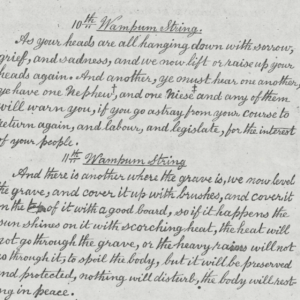
When systemic racism is spoken of, it is often misunderstood.
This is because the systems that support politics, health and justice are each filled with people that are supposed to look out for the common man.
We can be left to wonder how people of such high societal standing could ever marginalize individuals when they are equipped to help.
But that thinking is taking away from what systemic racism is.
Allow it to be explained as this: structural racism is a system in which public policies, institutional practices, cultural representations, and other norms work in various ways that often reinforce and perpetuate racial group inequity.
It identifies dimensions of history and culture that have allowed privileges associated with the “higher society” and disadvantages associated with “minority society” to endure and adapt over time. Structural racism is not something that a few people or institutions choose to practice. Instead it has been a persistent feature of the social, economic and political systems in which we all exist.
In many ways “systemic racism” and “structural racism” are synonymous. If there is a difference between the terms, it can be said to exist in the fact that a structural racism analysis pays more attention to the historical, cultural and social psychological aspects of our currently racialized society.
Systemic racism is considered to begin within the first institution an individual enters; school. This does not exclude pre-school.
As an example, black students are much more likely to be suspended from pre-school than white students. They make up 18% of all preschoolers, but represent almost 50% of all preschool suspensions. Compare that to white kids, who make up 43% of all preschool enrolment, yet represent 26% of those receiving suspensions.
Jumping ahead into post-secondary education consider that recently, a group of University of Arizona students demanded that the school’s president apologize for remarks he made using Native American stereotypes.
Members of Native SOAR, a university mentoring program for Native American students, posted on social media Sunday that they want a face-to-face apology from President Robert Robbins.
According to the group, Robbins unexpectedly visited a class last month.
He reportedly said he wasn’t trying to “pull an Elizabeth Warren” but he thought he had to get a DNA test done because he might be part Cherokee. He planned to get re-tested because of his “very high cheekbones.’’
The group also wants Robbins to open a position on his senior leadership team for someone who can represent tribal communities.
While earlier last month, Queen’s University began investigating a racist and homophobic note posted inside a dorm where several indigenous students reside.
The note, written in the form of a poem, was addressed to “Chown Four,” referencing the fourth-floor dorms at the university’s Chown Hall residence. It was attached to the door of a common room, Queen’s said, and found Thursday morning.
The note, written in the form of a poem, was addressed to “Chown Four,” referencing the fourth-floor dorms at the university’s Chown Hall residence.
“We took your flags and you wailed and cried,” it reads. “We’ll scalp you all.… We’ll make you bleed,” and was attached to the door of a common room, Queen’s said, and found Thursday morning on October 10.
After the note was removed, the student association performed a smudging ceremony at the residence. While Queen’s asked that any students with information about the incident to contact campus security or police.
Unfortunately, without being properly understood to be taken to pieces, the systems that support and facilitate systemic and direct racism continue to grow and evolve.
This makes the culture of racism dynamic, not static, which is something that many indigenous cultures cannot say they share.






